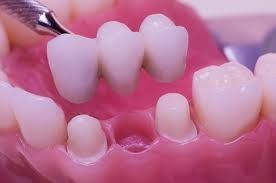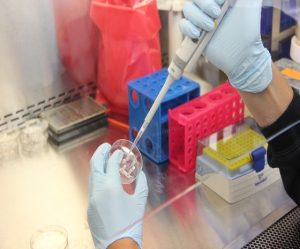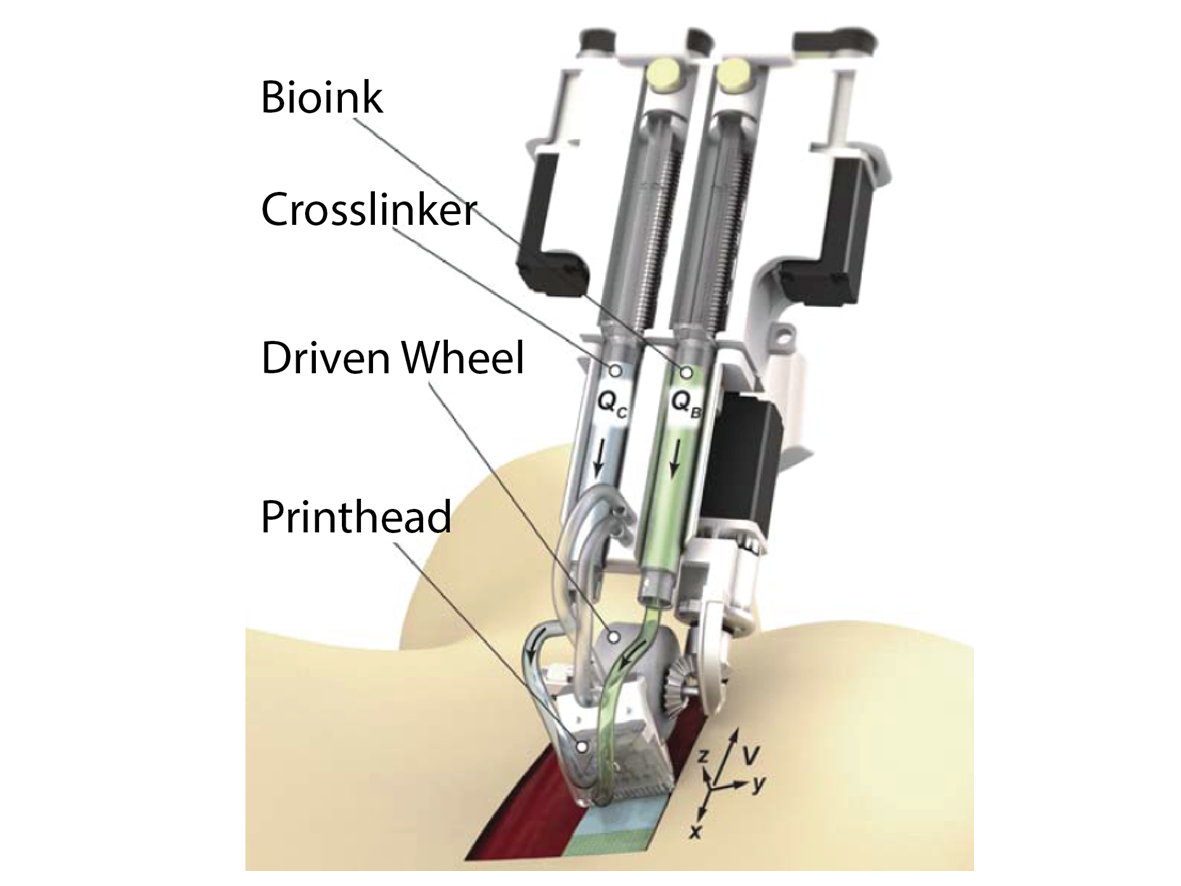Electrodeposition coating of calcium polyphosphate for personalized orthopedic implants
Advanced manufacturing to enhance the wear resistance and structural performance of next-gen orthopedic implants.
Read more...Keywords:
Biomaterials, Nanomaterials & Nanoparticles, Medical Implants & Prosthetics, Advanced Health TechnologiesBio-based, halogen-free flame-retardant (FR) chemical platform
A synthetic chemistry method that uses vanillin as the starting molecule to yield a novel difunctional phosphorus-containing chemical compound that can be converted into various FR monomeric resins with reactive functionalities.
Read more...Keywords:
Biomaterials, Cleantech, Nanomaterials & NanoparticlesNanoparticles to Enhance Anti-Bacterial Properties and Integrity of Dental Tissue in Root Canal Treatment
Our researchers have developed a novel method that uses proprietary composition of stabilized multifunctional nanoparticles in combination with photodynamic activation to obtain durable and more effective endodontic treatments (root canal therapy). The use of a natural biopolymer allows a better integration into the dentin host tissue, and the production of anti-microbial activity similar to natural dentin. The biopolymer nanoparticles conjugated with photosensitizers have the dual effect of increasing anti-biofilm efficacy and minimizing toxicity compared with standard root canal filling materials. The combination of engineered nanoparticles and photo-activation will destroy remnant microbes and promote a natural mineralization of treated teeth, thus reinforcing the hard tissue dentin while limiting bacterial entrance.
Read more...Keywords:
BiomaterialsD-PHI: Elastomers for Use with Protein Based Media
Tissue-material interactions govern the efficacy of biomedical devices implanted in the body. Protein adsorption that occurs on a biomaterial surface influences cell action on those surfaces in vitro and in vivo, including but not limited to the innate immune response cells (neutrophils ,monocytes and macrophages) which are essential in driving the body's early response to a b1omaterial, and other cells such as endothelial cells, fibroblast, smooth muscle cells, stem cells, etc. There is a need for elastomeric materials in the biomaterials field which are degradable and have an ability to interact with proteins in a manner that favors wound healing. A novel finding of this invention was the observation that specific formulations of a degradable, polar hydrophobic ionic polyurethane (0-PHI) system synthesized by Santerre et al. has demonstrated good biocompatibility by means of protein adsorption related to immunoglobulin proteins and specifically immunoglobulin G (lgG). This will have applications for the use of biomaterials in sensors, implant scaffolds, tissue repair fillers and numerous other blood and tissue contacting devices.
Read more...Keywords:
Biomaterials, Drug Delivery SystemA Handheld Skin Printer for Treatment of Burns and Deep Wounds
Deep skin wounds, such as those caused by burns, are usually treated by harvesting skin from healthy regions of the body and redistributing them onto the wound area. However, challenges arise when large areas are affected and donor sites are scarce. In such cases, the available healthy donor skin is often insufficient for autografting, leaving a large portion of the wounded area either ungrafted, allografted, or uncovered, and resulting in poor outcomes. Use of regenerative cells and materials are one possible solution, with cells often demonstrating a better outcome. However, methods to transfer viable cells onto wound areas remain a challenge.
Read more...







